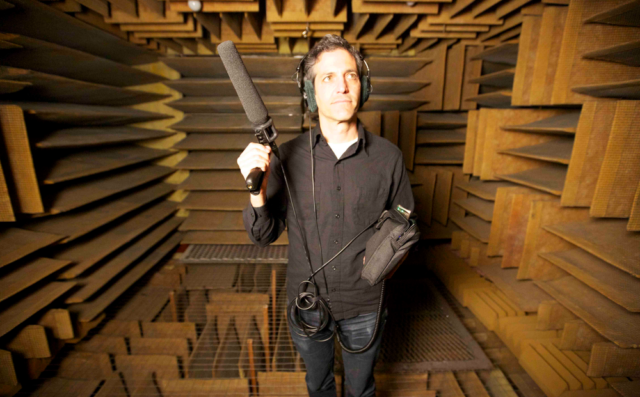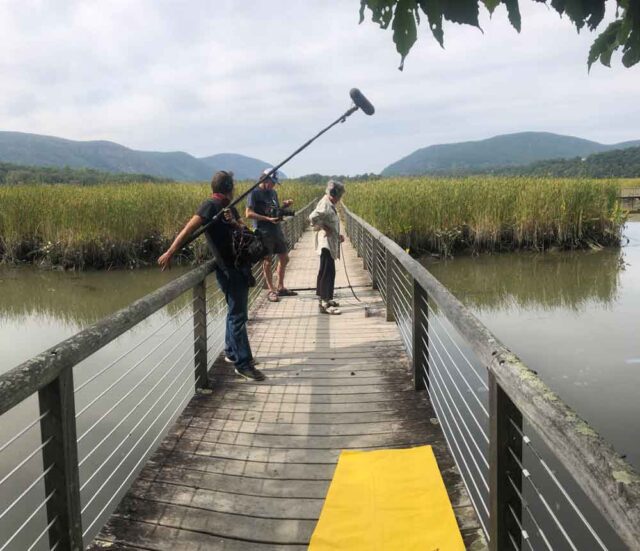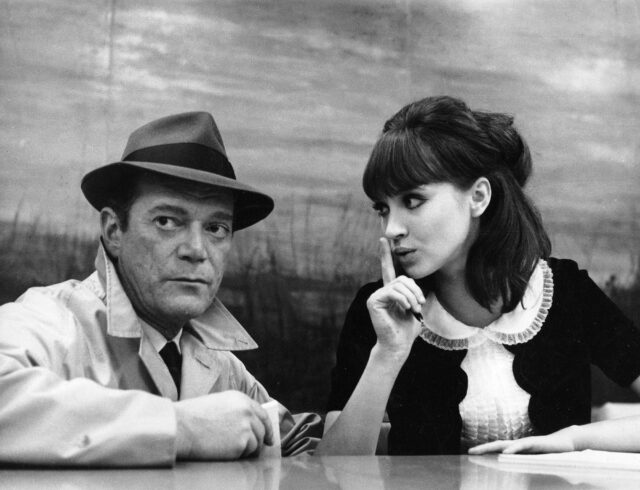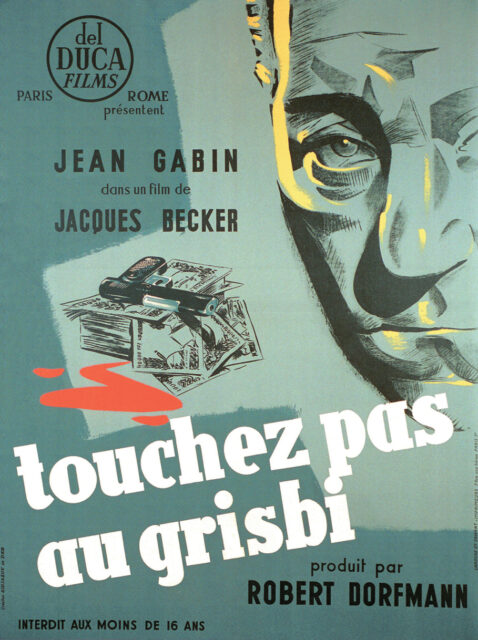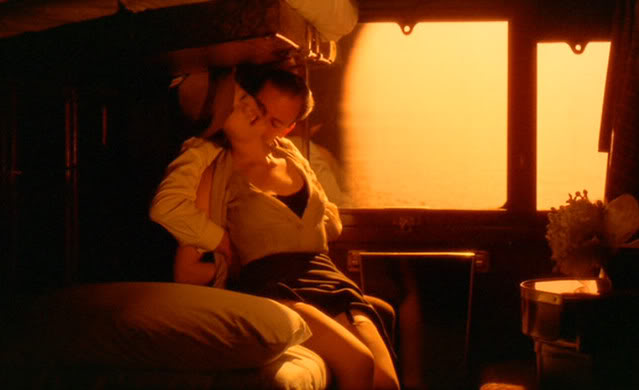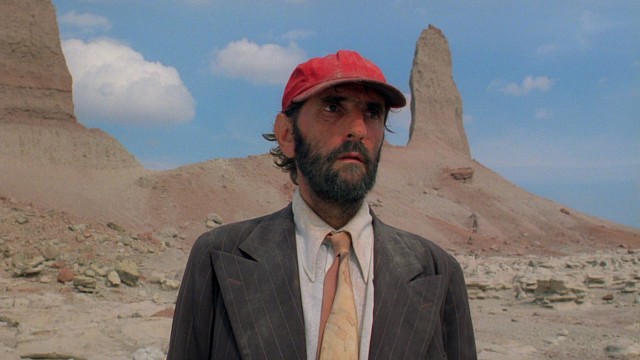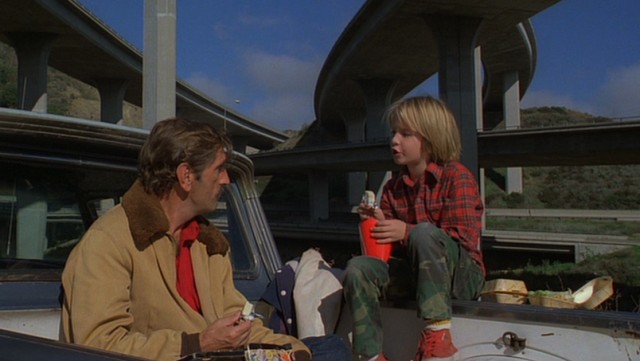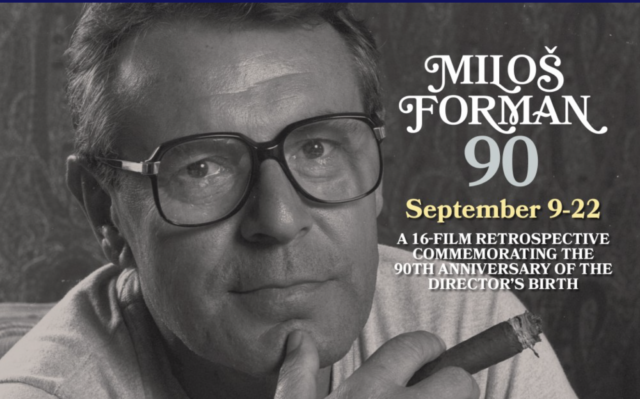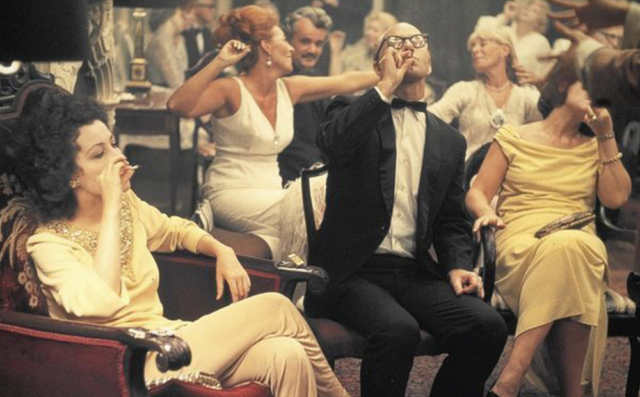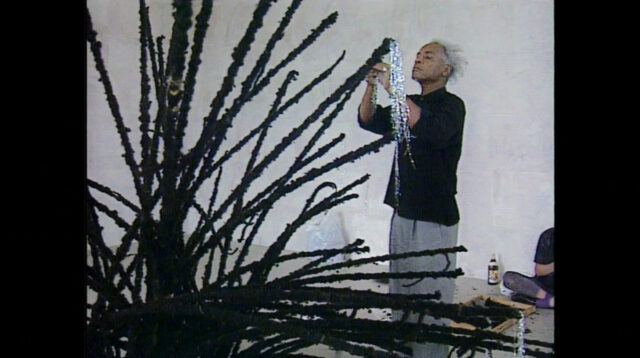
David Hammons works on a piece for Documenta IX (photo by Hessischer Rundfunk)
THE MELT GOES ON FOREVER: THE ART AND TIMES OF DAVID HAMMONS (Judd Tully & Harold Crooks, 2022)
Film Forum
209 West Houston St.
Opens Friday, May 5
212-727-8110
filmforum.org
themeltfilm.com
“David believes that the less said about him, the better off he is,” the late poet and Gathering of the Tribes founder Steve Cannon says about his friend, artist David Hammons, in The Melt Goes on Forever: The Art and Times of David Hammons, opening May 5 at Film Forum.
In 2020, Hammons, who was born in Springfield, Illinois, in 1943 and has been based in New York City for nearly fifty years, installed Day’s End, an homage to Gordon Matta-Clark’s 1975 similarly named intervention in an abandoned industrial building on Pier 52, outside where the Whitney is today. The 325-foot-long brushed-steel outline of the warehouse has no interior, a ghostly memorial to those lost in the AIDS crisis.
With The Melt, directors Judd Tully and Harold Crooks have constructed a stirring documentary that is missing one key figure: Hammons, who doesn’t do interviews or talk about his personal life, preferring to have his work stand on its own. There’s a reason why the subtitle is “the Art and Times,” not the more common phrase “the Life and Times.”
More than two dozen art historians (Kellie Jones, Bridget R. Cooks, Richard Powell, Gylbert Coker, Robert Farris Thompson), dealers and gallerists (Jeanne Greenberg Rohatyn, Dominique Lévy, Jack Tilton, Adam Sheffer, Robert Mnuchin), artists (Suzanne Jackson, Fred Wilson, Tschabalala Self, Betye Saar, Joe Lewis, Lorna Simpson), collectors (Dimitris Daskalopoulos), and curators (Robert Storr, Ilene Susan Fort, Mary Jane Jacob) share stories about Hammons, forming a picture of a fabulously talented eclectic iconoclast who does what he wants, when he wants, the way he wants.
Among his revolutionary works discussed in the film are Bliz-aard Ball Sale, in which he sold snowballs, arranged in rows of descending size, on the streets of New York; African American Flag, a reimagining of the US flag but in the Pan-African colors of red, black, and green; How You Like Me Now?, a billboard of Jesse Jackson as a blond-haired, blue-eyed white man; Flight Fantasy, painted on the wall of Cannon’s apartment; Untitled (Night Train), two circular rows of clear and green bottles of Night Train and Thunderbird planted in a pile of coal; and Blues for Smoke, a blue model train rolling across tracks that wind around grand pianos on their side, inspired by John Coltrane’s song “Blue Train.”
“I just thought he was nuts,” artist Paul H-O says about watching Hammons go through garbage to find potential materials.
“It’s not the art object itself,” Hammons explains in a 1991 NPR radio interview. “It’s the daring of the act.”
Archival footage of Hammons includes a visit by filmmaker Michael Auder to a Rome studio in 1989 where Hammons pontificates on what success means to him while constructing an untitled sculpture using real Black hair; Hammons adding cotton to wooden sticks in his Harlem studio in Michael Blackwood’s 1992 After Modernism: The Dilemma of Influence; Hammons introducing students to his outdoor sculpture Rock Fan, consisting of electric fans on a large rock on the campus of Williams College in 1993; and clips by Alex Harsley of Hammons making “Basketball Drawings” by bouncing a basketball against paper on a wall and Hammons kicking a can in his 2004 Phat Free performance.
Delving into a 1990 group show at Museum Overholland, curator Jan Christiaan Braun notes, “‘Black USA’ was more than David Hammons. It was an effort to find a podium for Black American artists. He was one of them. The meaning of ‘Black USA’ was bigger than David Hammons, and he himself thought so too. He was very, very much supporting the idea of bringing out Black art. That’s why he immediately said to me, ‘I’m your man.’”
Extensive attention is given to the 2016 career retrospective “Five Decades” at Mnuchin Gallery, which lends insight to Hammons’s wide oeuvre and process when it comes to hanging his work. “Two weeks prior to the opening, David expressed an interest in coming in to see the show,” dealer Sukanya Rajarantnam recalls, not so fondly. “Um, his reaction was not exactly exuberant. He didn’t like what we’d done and, in fact, hated it. So he decided to change things. . . . The show itself became an installation and an artwork by David.” I remember being blown away by the final exhibition, which featured many of the pieces mentioned in the documentary.
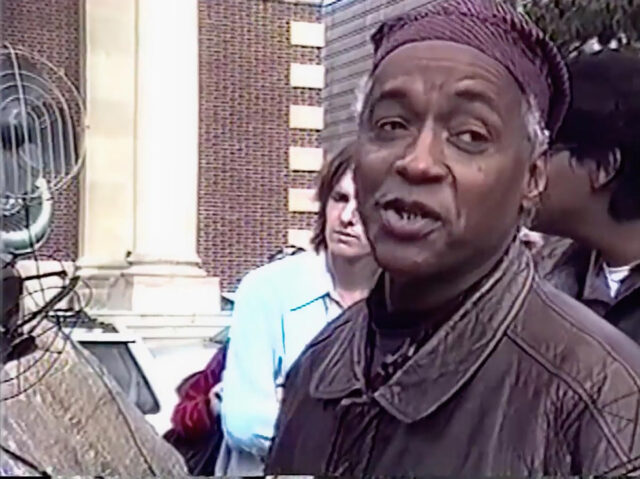
David Hammons unveils Rock Fan to students at Williams College (photo courtesy Williams College Museum of Art)
Throughout the film, arts journalist Tully and documentarian Crooks (The Price We Pay, Surviving Progress) regularly cut to Umar bin Hassan of the Last Poets performing Cannon’s catalog essay-poem “Rousing the Rubble,” recorded during Covid and originally written for Hammons’s 1990 PS1 museum show of the same name, accompanied by a barrage of grainy videos of New York City in the twentieth century and animation by Tynesha Foreman that brings some of his works to life against a pulsating Afro-jazz score:
“On the Streets of Manhattan, East Side West Side All Around the Town the Sidewalks of New York — after the bars and the clubs empty out the sordid the homeless! The misbegotten under the cover of darkness Blue Moon No moon, under the cover of darkness in the wee small hours up in Harlem — Midtown — on the Lower Eastside — Performing Artist — this is when you see the empty bottles and empty people makin’ their rounds, into makin’ their own sounds — into smiles into frowns! Digging in garbage in search of more empties — bottles and cans! Those who do be hungry doing something about their condition — with David on the scene in those lonely wee small hours after hours state of New York! Raw Energy! Making his rounds, dreams turned into nightmares heavy into art — that New York art scene outdoor art — dreams turned into realities — all night diners — back in his studio on 125th Street — making art out of that which he has heard and seen on the scene out of funk! Out of central Illinois — out of Los Angeles out of his world travels! Creating a space for the spirits! That flash of the spirit!”
The spectacular original music features composer Ramachandra Borcar on percussion, piano, found objects, and other instruments; saxophonists Idris Ackamoor, Marshall Allen, Shabaka Hutchings, and Frank Lozani; Tommy Babin and Dave Watts on bass; Aaron Doyle on trumpet and flugelhorn; Jeff Johnston on piano; and Kullak Viger Rojas on surdo. It pays tribute to the jazz influences Hammons has cited over the years, such legends as Charles Mingus, Miles Davis, Thelonius Monk, Charlie Parker, Ornette Coleman, and Coltrane. Foreman’s animation unfolds to those same vibrant rhythms, echoed in the artworks. (Hammons’s art influences range from his mentor, Charles White, to Marcel Duchamp.)
Even without their subject’s participation, Tully and Crooks are able to fill in much of the mystery surrounding Hammons, with the help of members of the arts community who adore him and his work, like partially furnishing the emptiness inherent in Day’s End. (Hammons did sit down for an interview with Whitney director Adam D. Weinberg to celebrate the opening of the Pier 52 project in June 2021, which you can watch here.)
The Melt Goes on Forever reveals Hammons to be a true nonconformist, a genius who doesn’t need to be center stage, letting his art do the talking for him.
Tully and Crooks will be at Film Forum for Q&As on May 5 at 7:15 presented by A Gathering of the Tribes, on May 6 at 7:15 with Suzanne Jackson, and on May 7 at 4:40.
